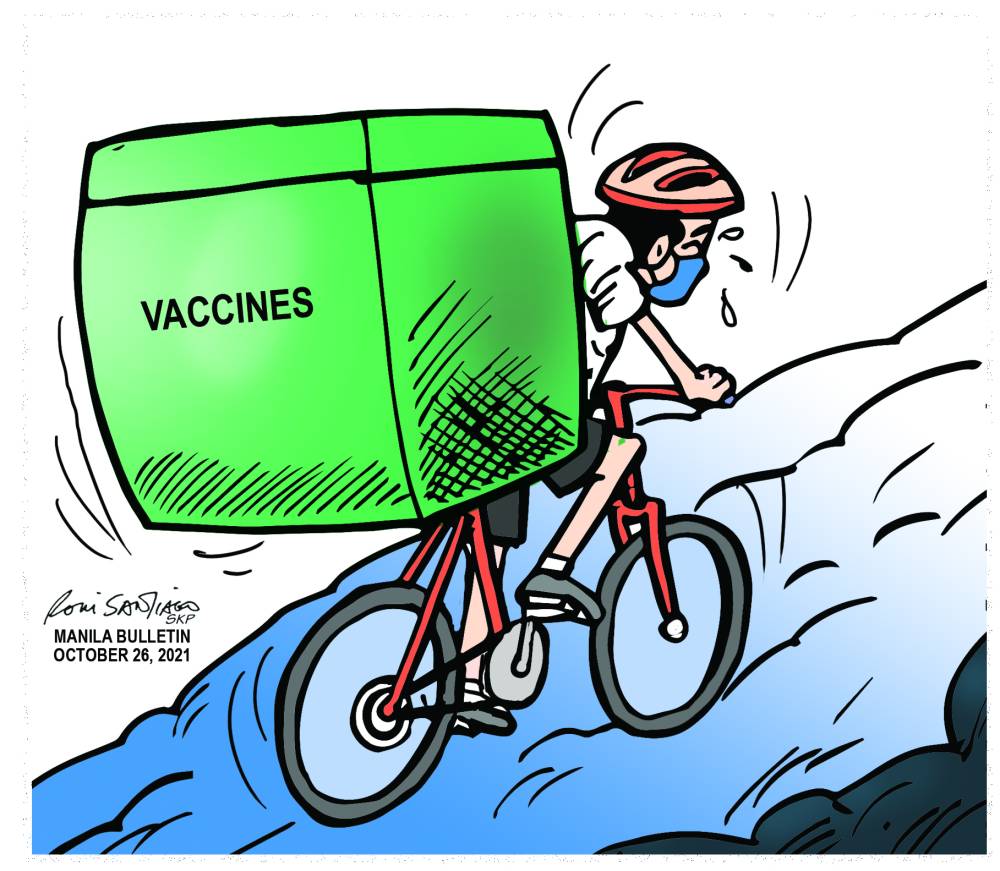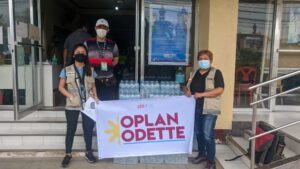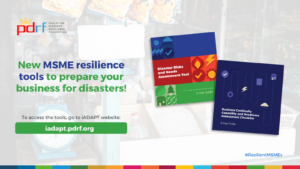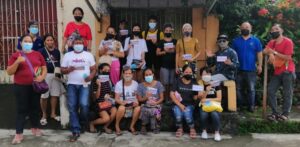
EDITORIAGetting more jabs into arms has become priority job number one in the fight to contain the spread of the coronavirus pandemic. Secretary Carlito Galvez, Jr., the country’s vaccine czar, declared last week that while COVID-19 vaccine supply in the country has stabilized, distribution is still an issue.
Metro Manila, Calabarzon and Central Luzon have chalked up the highest number of vaccinations and percentage of population that has been fully vaccinated, but the rest of the country is still struggling to raise the level of vaccinations. Some provincial governors have appealed to the national government to step up the delivery of vaccines, especially in areas that are recording higher levels of infection.
According to the vaccine czar, there are “39 million doses in our warehouses” that have not been shipped out or distributed. Meantime, the latest seven-day average stands at 388,000 doses, a far cry from Secretary Galvez’s aim to ramp up to more than a million doses per day in order to achieve the desired level of population protection.
The initial target was 77 million or 70 percent of the population, but this was raised to 88 million after the deadly Delta variant forced most of the country to adopt stricter lockdown measures in August and September. The current goal is to attain the higher target before the May 22 elections, and this is a major deviation from the initial target of achieving herd immunity before Christmas this year.
Task Force T3, a public-private sector consortium that counts in its membership the largest companies as well as the Asian Development Bank and the Philippine Red Cross, is prodding government to replicate in the provincial LGUs the best practices applied by Metro Manila LGUs in achieving close to an 80 percent vaccination rate, including a T3-developed planning tool.
Another important recommendation is to adopt a simultaneous instead of a sequential approach so that the current abundant supply will be used to vaccinate all sectors, including minors between 12 to 17 years old. Priority lanes for the A1 to A4 sectors (healthcare workers, senior citizens, adults with comorbidities and essential workers) will be maintained. They are also appealing to the government to allow them the flexibility to inoculate minors from 12 to 17 years old, and give booster shots to fully vaccinated employees. This is to prevent wastage due to expiry of available vaccine supplies.
Indeed, prevention of wastage is another key concern. Only last week, the Department of Health reported that 12,970 doses were wasted due to fires in two provincial warehouses and soaking in water of vaccine doses being transported by bancas. Such incidents are deplorable, considering that according to a recent Nikkei-Asia report, the Philippines has one of the lowest vaccination rates in the region.
Doing the right things right is imperative. Stepped up vaccination is critical to the safe reopening of the economy as well as in enabling students to return to schools. Reviving commerce and industry could be accelerated when the desired level of population protection is achieved soonest.
Article by Manila Bulletin



